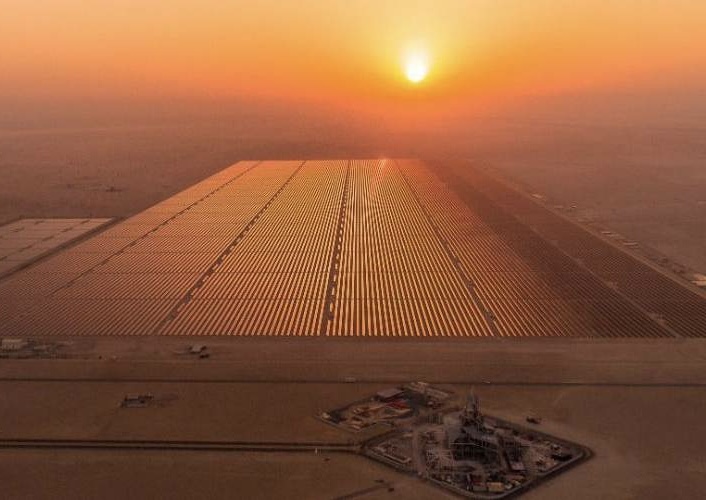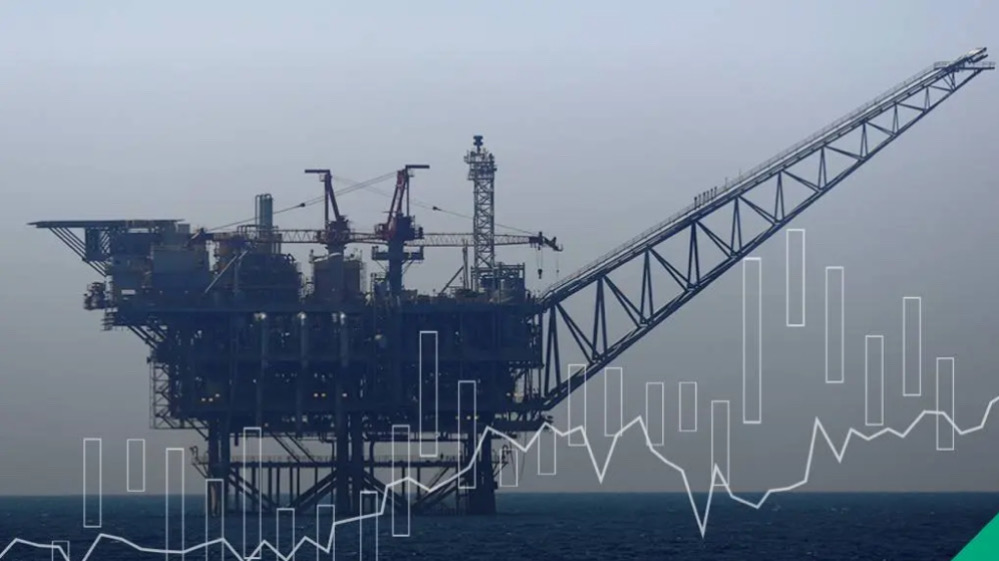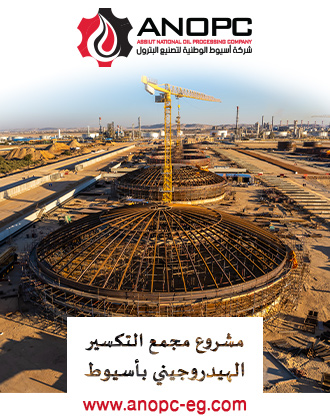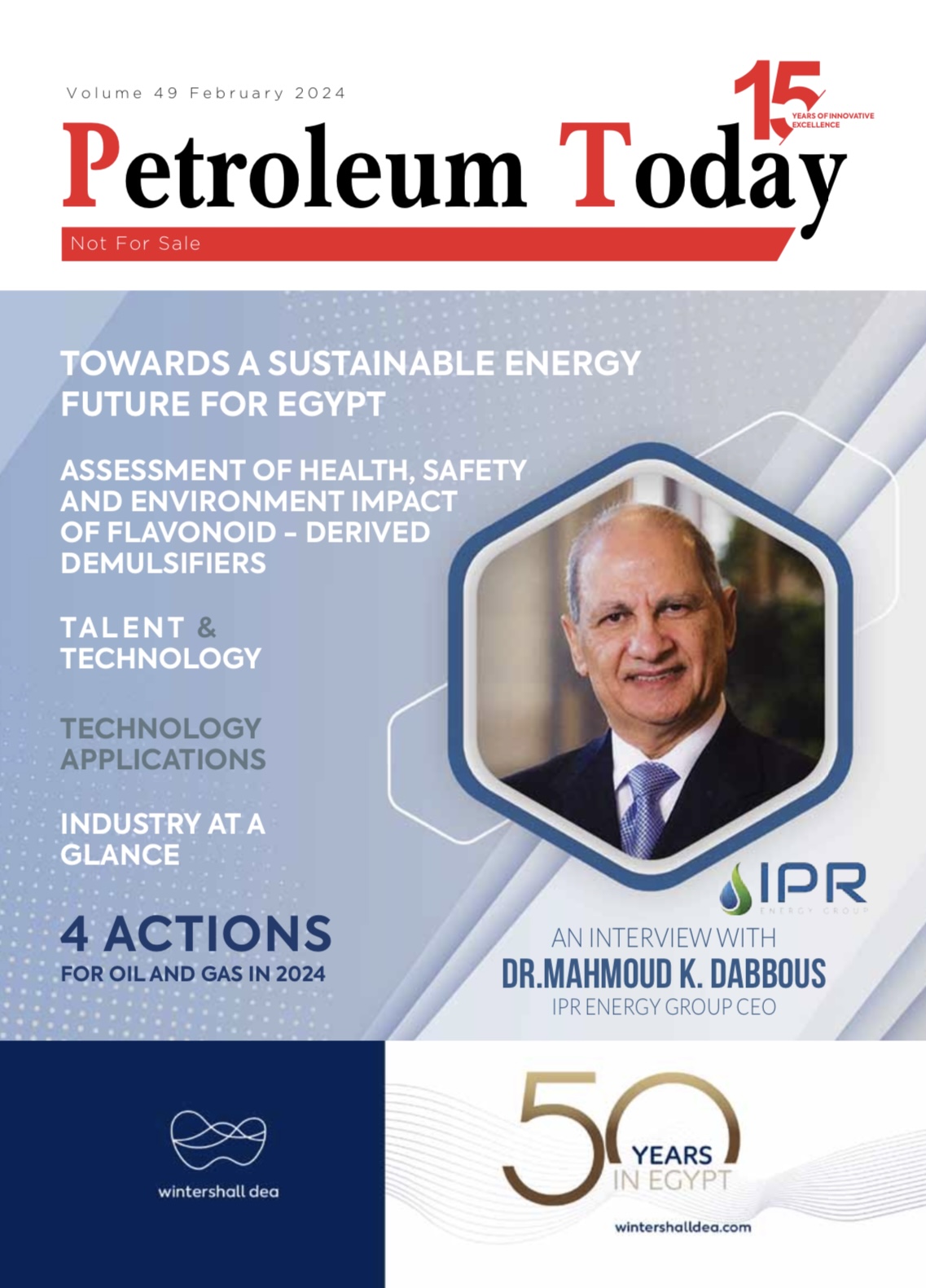Reports
Western Companies Look To Grow Influence In Egyptian Oil And Gas
Published on : 2023-10-10

Given the enormous ground that the U.S. literally and metaphorically lost in the Middle East in recent years, any strategy it attempted to regain some or all its previous influence across the region had to be clever, concerted, and multi-layered, and so it is transpiring to be. The Kremlin has inadvertently helped through its clumsy and inefficient attempt to annex Ukraine back into the ‘Greater Russia’. Rather than act as the staging post for a wider incursion into Europe, augmented by a contemporaneous expansion of influence by China in Asia Pacific, the invasion succeeded only in finally reigniting the practical and philosophical cohesion of NATO and its equivalents elsewhere in the world that had been lost for decades. Perhaps nowhere offers a better microcosm of the U.S.’s post-Ukraine invasion strategy than Egypt, particularly developments in its oil and gas sector.
In the immediate aftermath of Russian forces first moving into Ukraine on 24 February 2022, it was obvious that massive new oil and gas supplies would need to be found fast if the new invasion was not going to end up as unpunished as the salami-slicing by Russia of Crimea away from Ukraine in 2014, as analysed in depth in my new book on the new global oil market order. The key reason why the 2014 invasion had done nothing to deter Russia from its 2022 assault on Europe was that some key European powers, most notably its de facto leader Germany, did not want to impose sanctions on Russia’s oil and gas exports - a measure that would have given it serious pause for thought before deciding to invade anywhere in Europe again. Like many other countries in continental Europe, but more so, Germany had built much of its economic miracle on limitless supplies of cheap oil and gas imports from Russia. The other major part of Germany’s success was to replace the extremely valuable Deutschmark with the much less valuable euro, thus immediately slashing the price of its own exports into the rest of Europe. For several weeks after Russia’s invasion of Ukraine, the only concern Germany had was to ensure that Russia did not stop supplying its member states with either oil or gas, due to their not being able to pay in the way Moscow preferred. This followed the 31 March decree signed by President Vladimir Putin that required European Union (E.U.) buyers to pay in roubles for Russian gas via a new currency conversion mechanism or risk having supplies suspended.
Prior to the 2022 invasion of Ukraine, Russia and China had systematically collaborated in securing allegiance from as many of the big global oil and gas reservoirs as they could, including Iran, Iraq, Saudi Arabia, the UAE, and Qatar, among others, as also analysed in depth in my new book on the new global oil market order. The intention was not just to ensure that China had sufficient energy to power its own economy for as long as Russia was fighting in Ukraine and then the other target countries it had in mind, but also to deprive net energy importers allied to the U.S. from acquiring the oil and gas they needed for their own economic well-being. China and Russia had been helped in this regard by the extended disengagement of the U.S. from the Middle East during the years of the Donald Trump presidency. Whether right or wrong, this policy was encapsulated in his ‘Endless Wars’ commencement address to the United States Military Academy at West Point on 13 June 2020. His comment that the days of the U.S. being the ‘policeman of the world’ were over found resonance in the U.S. withdrawal from, most notably, Syria (in 2019) – including protracted internal White House discussions about withdrawing from the strategically vital At-Tanf exclusion zone that was the tri-border junction of Syria, Jordan, and Iraq - Afghanistan (2021), and Iraq (2021). In practical terms, though, this policy had begun in earnest with the unilateral withdrawal of the U.S. in May 2018 from the ‘nuclear deal’ with Iran, which had opened the door to a massive increase in influence from both Russia and China across the Middle East.
Opportunities in 2022 for the U.S. and its allies to re-engage quickly in the Middle East to secure new oil and gas supplies after the loss of Russian supplies were few and far between at that point. But Egypt was one such country that had not been lost to China and Russia, and one which also occupied a uniquely influential position in the Arab word more broadly. For decades, Egypt has been seen by the Arab world as the leading proponent of the ‘Pan-Arab’ ideology that believes enduring strength can only be found in the political, cultural, and socioeconomic unity of Arabs across the different countries that emerged after the two World Wars. The philosophy’s most powerful recent proponent was Egypt’s president from 1954 to 1970, Gamal Nasser. Among the most palpable signs of this movement at the time was the formation of the United Arab Republic union formed between Egypt and Syria from 1958 to 1961, the formation of OPEC in 1960, the series of conflicts with neighbouring Israel over the period, and then the 1973/74 oil embargo. By bringing this leader of the Arab world on side, the U.S. hopes to offset – at least in part - the negative geopolitical impact of long-term ally Saudi Arabia having been lost to the China-Russia bloc. Politically and historically, Egypt is at least as much of a leader in the Arab world as Saudi Arabia has ever been.
Aside from its unique geopolitical significance, Egypt has a unique position in the global oil market that is not lost on the U.S. and its allies. Over and above its official conservative estimate of around 1.8 trillion cubic metres of gas reserves, Egypt controls the major global shipping chokepoint of the Suez Canal, through which around 10 percent of the world’s oil and LNG is moved. It also controls the vital Suez-Mediterranean Pipeline, which runs from the Ain Sokhna terminal in the Gulf of Suez, near the Red Sea, to Sidi Kerir port, west of Alexandria in the Mediterranean Sea. This is a crucial alternative to the Suez Canal for transporting oil from the Persian Gulf to the Mediterranean. The Suez Canal is one of the very few major transit points that is not controlled by China. Specifically, China already has effective control over the Strait of Hormuz through the all-encompassing ‘Iran-China 25-Year Comprehensive Cooperation Agreement’, as first revealed anywhere in the world in my 3 September 2019 article on the subject and also analysed in full in my new book. The same deal also gives China a hold over the Bab al-Mandab Strait, through which commodities are shipped upwards through the Red Sea towards the Suez Canal before moving into the Mediterranean and then westwards. This has been achieved as it lies between Yemen (the Houthis having long been supported by Iran) and Djibouti (over which China has also established a stranglehold).
The move into Egypt’s oil and gas sector has been led on the U.S. side by Chevron, and on the European side by the UK’s BP and Shell, and Italy’s Eni. Recently, BP said it will invest US$3.5 billion in the exploration and development of Egypt’s gas fields in the coming three years. This amount could be doubled if the exploration activity yields new discoveries. This will augment the huge advances of Chevron, which together with its European partner in the site, Eni, earlier this year discovered a potentially huge offshore gas field in its concession area in the Red Sea focused on the Nargis-1 well and is set to drill the first oil and natural gas exploration there in the first half of 2024. This discovery follows the announcement in December 2022 that Chevron had hit at least 99 billion cubic metres of gas with its Nargis-1 exploration well in the eastern Nile Delta, about 60 kilometres north of the Sinai Peninsula. Chevron also now operates the huge Leviathan and Tamar fields in Israel and the Aphrodite project offshore Cyprus. In the same vein, British oil and gas giant Shell is to begin the development of the tenth phase of Egypt’s Nile Delta offshore West Delta Deep Marine (WDDM) concession in the Mediterranean Sea. In the same vein, the last couple of weeks saw six international oil and gas exploration companies competing for oil exploration and development bids for 12 blocks in the Mediterranean Sea and Nile Delta. The U.S.’s Chevron is one, the UK’s BP and also Shell are two others, plus Italy’s Eni, UK-headquartered Energean, and Egypt’s Cheiron Petroleum Corporation.







